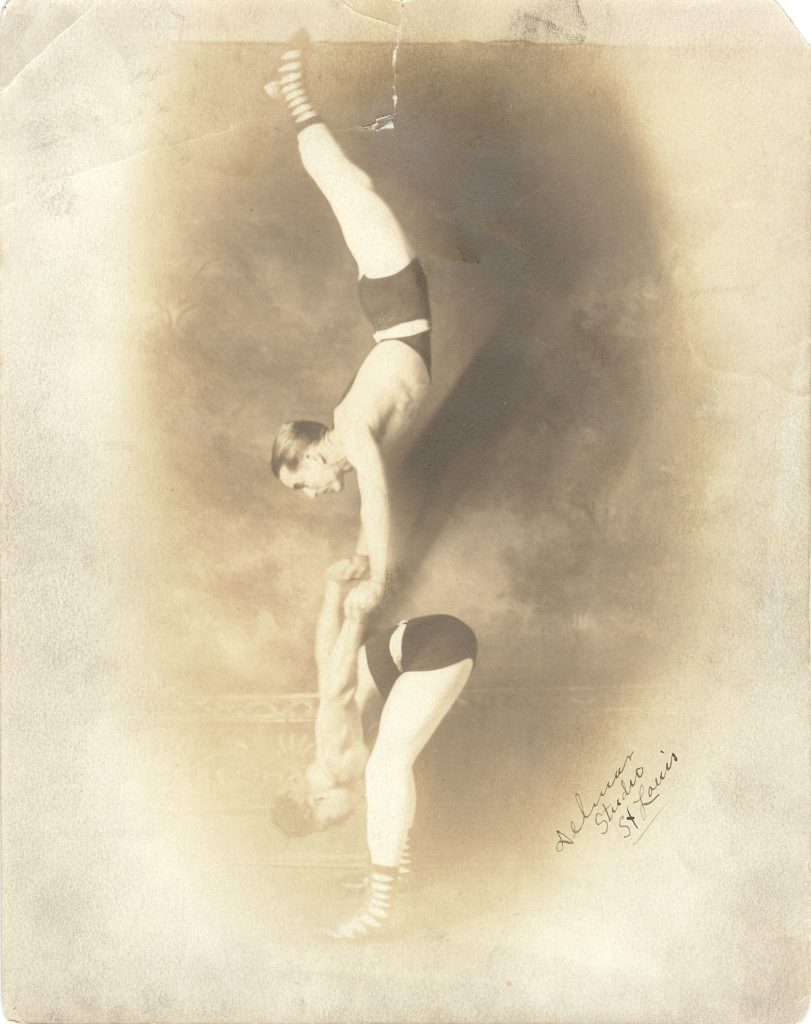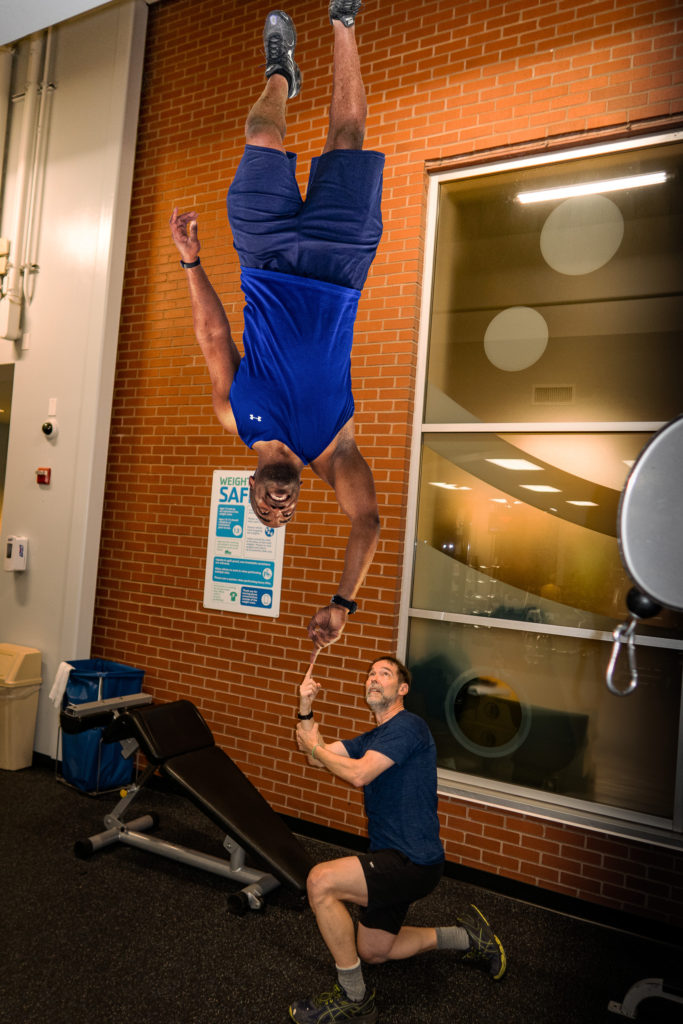On the Critical Importance of Friendships
Two stunning items about friendship from Eric Barker's article: This is How to Make Friends as an Adult: 5 Secrets Backed by Research.
1. Excerpt from "Social: Why Our Brains Are Wired to Connect" (2013) by Matthew D. Lieberman:
In a survey given in 1985, people were asked to list their friends in response to the question “Over the last six months, who are the people with whom you discussed matters important to you?” The most common number of friends listed was three; 59 percent of respondents listed three or more friends fitting this description. The same survey was given again in 2004. This time the most common number of friends was zero. And only 37 percent of respondents listed three or more friends. Back in 1985, only 10 percent indicated that they had zero confidants. In 2004, this number skyrocketed to 25 percent. One out of every four of us is walking around with no one to share our lives with.
2. Excerpt from Friendfluence, by Carlin Flora (2013):
[N]ot having enough friends or having a weak social circle is the same risk factor as smoking 15 cigarettes a day. We’ve had such great public health campaigns against smoking in the last 20-odd years, and now we’re finally learning that having a good and satisfying social life is just as important, if not more important, than avoiding cigarettes.



